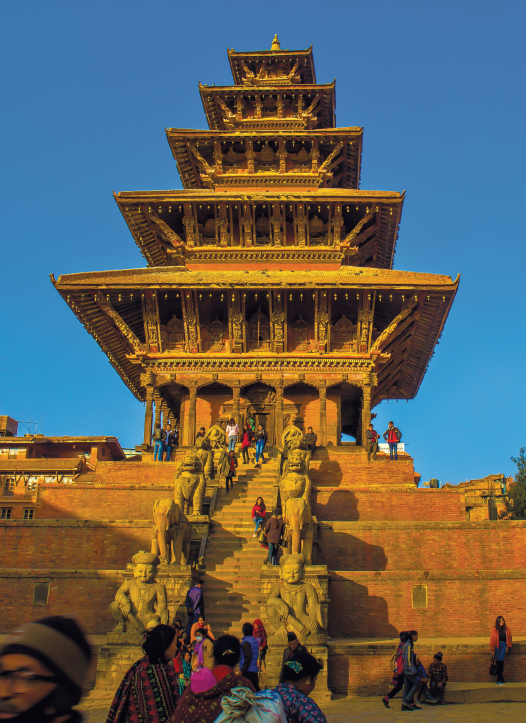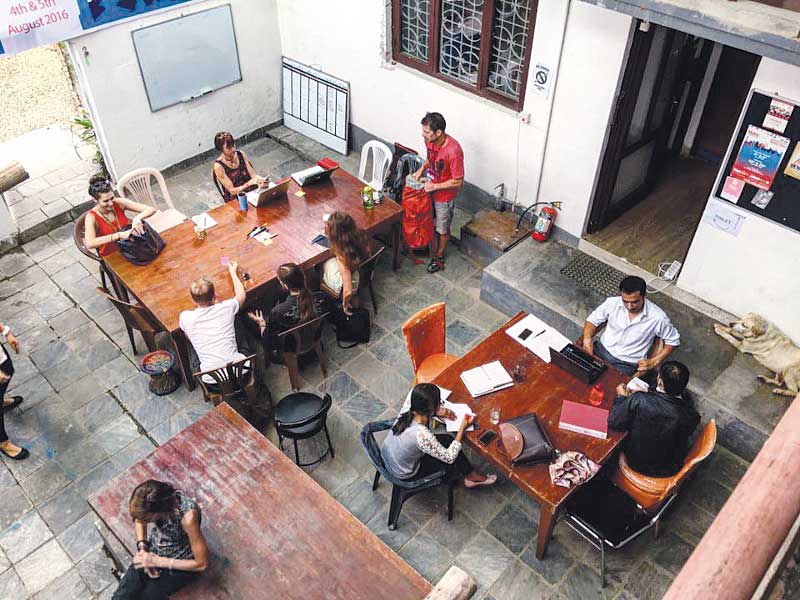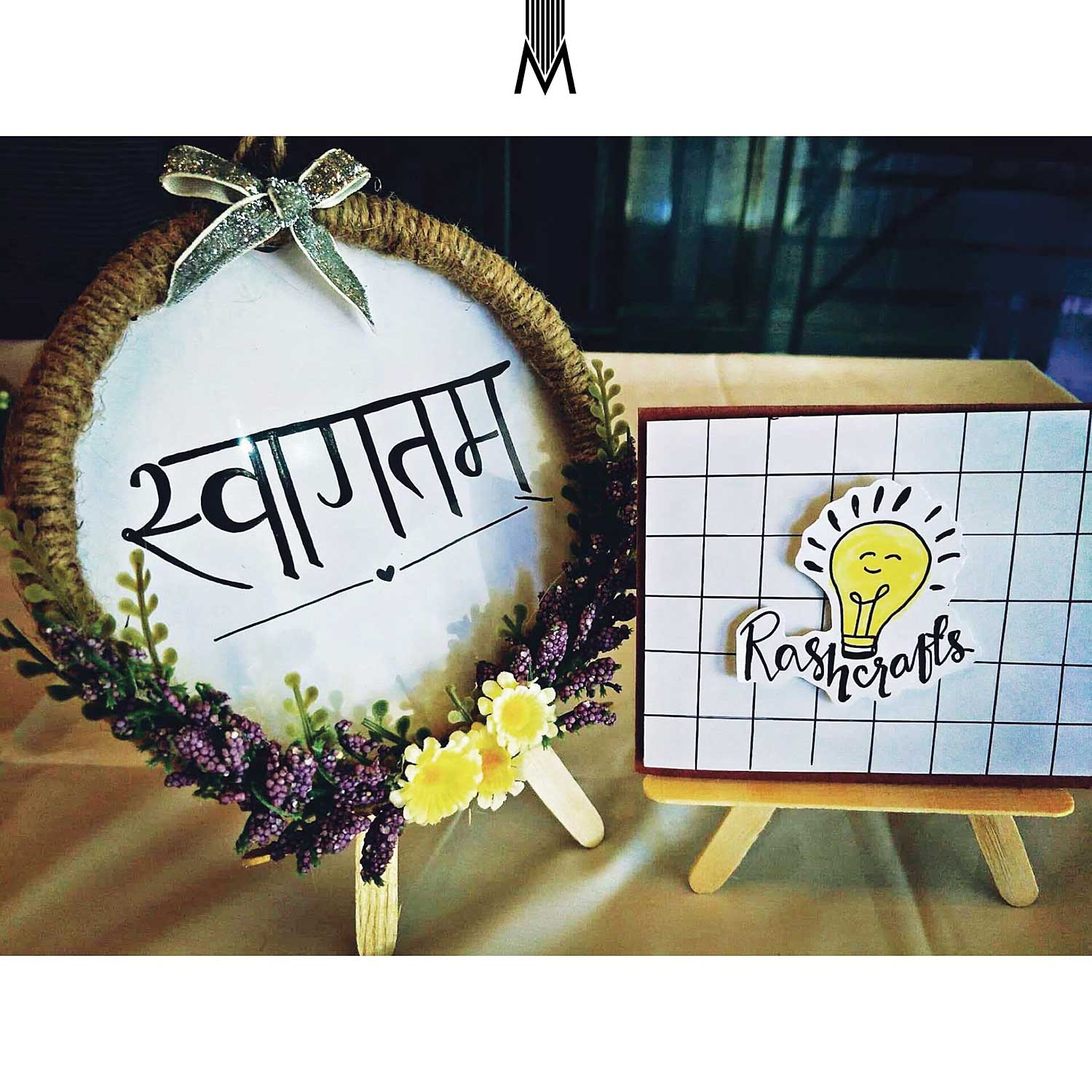Where there is will, there is a always a greener way
The words “green” and “Kathmandu” sounds like antonyms to its residents and to visitors alike. But a group of young people have a vision to change all that – in a small but significant way. They want the potential green city of Kathmandu to prevail in the near future and they have a plan.
Sattya Media has made a mark in the field of arts and social work by creatively combining both these fields and inspiring young and youthful minds to act responsibly towards their city. Based in Patan, Sattya welcomes new ideas and young minds to extend their horizons and indulge in learning everything that the city has to offer.
 Hariyo Chowk is an initiative that offers to solve two major problems of Kathmandu by providing interesting and innovative ideas – space crisis that every citizen faces in Kathmandu today and lack of greenery. The main idea is to promote learning and sustainable farming. While many of us want greater greener area to use as farm for plants and for recreational and decorative purposes, limited space provides even limited possibilities. Lesser area for farming means lesser chances to enjoy greenery. Hariyo Chowk is an intelligent opportunity to do both.
Hariyo Chowk is an initiative that offers to solve two major problems of Kathmandu by providing interesting and innovative ideas – space crisis that every citizen faces in Kathmandu today and lack of greenery. The main idea is to promote learning and sustainable farming. While many of us want greater greener area to use as farm for plants and for recreational and decorative purposes, limited space provides even limited possibilities. Lesser area for farming means lesser chances to enjoy greenery. Hariyo Chowk is an intelligent opportunity to do both.
A small area with crops that is both exotic and planted diligently is what first strikes us when we visit. On visiting their first site of farming, you can see a bunch of volunteers working beside mud ovens (made by the volunteers themselves) with bamboo and ropes. Standing to your left is a huge bamboo structure that promotes “vertical farming”. Since space in Kathmandu is limited, a great idea is to create bamboo structures, bamboo being common in Kathmandu, and use old jute sacks. These sacks can be filled with fertile soil and placed vertically in the vertical garden, creating space for farming while not compromising on additional space expenses.
 Hariyo Chowk was initiated in the winter of 2011 with a $12000 fund raised from Kickstarter. Today, the members of Sattya and volunteers have transformed this small area into an interesting natural experiment. Lavender, strawberry, lettuce, coriander, onion, herbs and long beans are some of the plants planted. If you are one of those who want to learn farming, Sattya welcomes visitors.
Hariyo Chowk was initiated in the winter of 2011 with a $12000 fund raised from Kickstarter. Today, the members of Sattya and volunteers have transformed this small area into an interesting natural experiment. Lavender, strawberry, lettuce, coriander, onion, herbs and long beans are some of the plants planted. If you are one of those who want to learn farming, Sattya welcomes visitors.
This project aims to go beyond Patan and aims to start similar ideas in other parts of Kathmandu. The output of the farming, if abundant, will make it to the farmer’s market where organic food is promoted. All in all the entire process inspires enthusiastic and creative minds to create city-friendly structures that promote natural crop growth. This is in combination with innovative structures for self-dependency in crops production that aspires to add a tinge of life to Kathmandu’s urban chaos.











